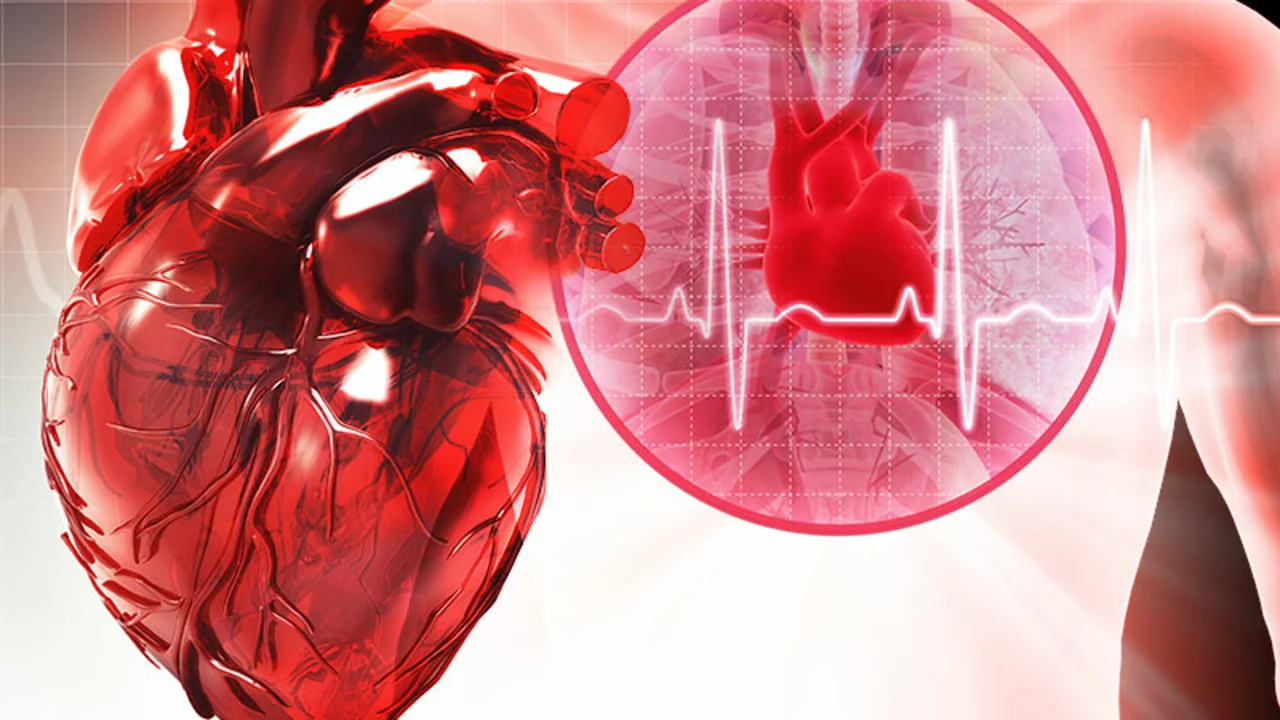Understanding the Human Heart and How It Works
Before diving into the specifics of how a strike to the chest can stop the heart, it's crucial to understand how the heart functions. The heart, a vital organ in our bodies, is essentially a powerful pump. It continuously circulates blood throughout our bodies, carrying oxygen and nutrients to our cells. This process is regulated by electrical signals that maintain a steady rhythm and pace, ensuring that our bodies receive the necessary sustenance they need to function.
The heart's structure consists of four chambers - two atria on the top and two ventricles at the bottom. Contractions of these chambers, orchestrated by electrical impulses, allow blood to flow in and out of the heart. A disruption to this intricate system, such as a blow to the chest, can potentially have serious consequences. But can it actually stop the heart? Let's delve into this topic a little deeper.
The Concept of Commotio Cordis
Commotio Cordis is a Latin term that translates to 'agitation of the heart'. It is a phenomenon that occurs when a sudden blow to the chest causes cardiac arrest. While it's a rare occurrence, it's most often seen in sports, where players might receive a forceful impact to the chest from a ball or another player.
The key to Commotio Cordis is not just the force of the impact, but also the timing. If the blow lands at a specific point in the heart's electrical cycle - just as the heart is preparing for the next beat - it can cause a disruption in the heart's rhythm, leading to cardiac arrest. The probability of this happening is quite low, but it's definitely a possibility.
Factors Influencing the Effect of a Chest Strike
Not every strike to the chest will stop the heart. There are several factors that come into play, including the amount of force applied, the area of impact, and the precise timing within the heart's electrical cycle. The force needs to be strong enough to disrupt the heart's rhythm, but not necessarily strong enough to cause physical damage to the heart or the chest.
Moreover, the person's age and physical condition can also impact the outcome. For instance, younger people, particularly athletes, are more susceptible to Commotio Cordis due to their more robust heart rhythms and the likelihood of participating in activities where a chest strike may occur.
Preventing the Risks of Chest Strikes
While the likelihood of experiencing Commotio Cordis is relatively low, it's important to take precautions, especially in situations where the risk is increased, such as during sports activities. Wearing protective gear like chest protectors can help mitigate the risk by absorbing the force of any impact to the chest.
It's also crucial to have a good understanding of CPR and access to an Automated External Defibrillator (AED) in sports settings. Immediate response is often critical in cases of Commotio Cordis, and these measures can potentially save a life.
Understanding the Medical Response to Commotio Cordis
When a person experiences Commotio Cordis, the immediate response involves life-saving procedures such as CPR and the use of an AED. These efforts aim to restart the heart and restore its normal rhythm.
Once the person is in a medical facility, healthcare professionals will conduct tests to evaluate the person's heart function and to rule out any physical damage to the heart or chest. They may also monitor the patient's heart for any lingering irregularities in its rhythm. In some cases, the person might need medication or further treatment to manage any long-term effects of the incident.
